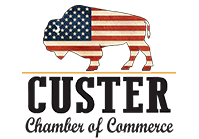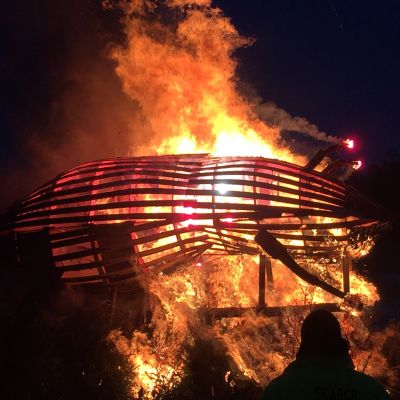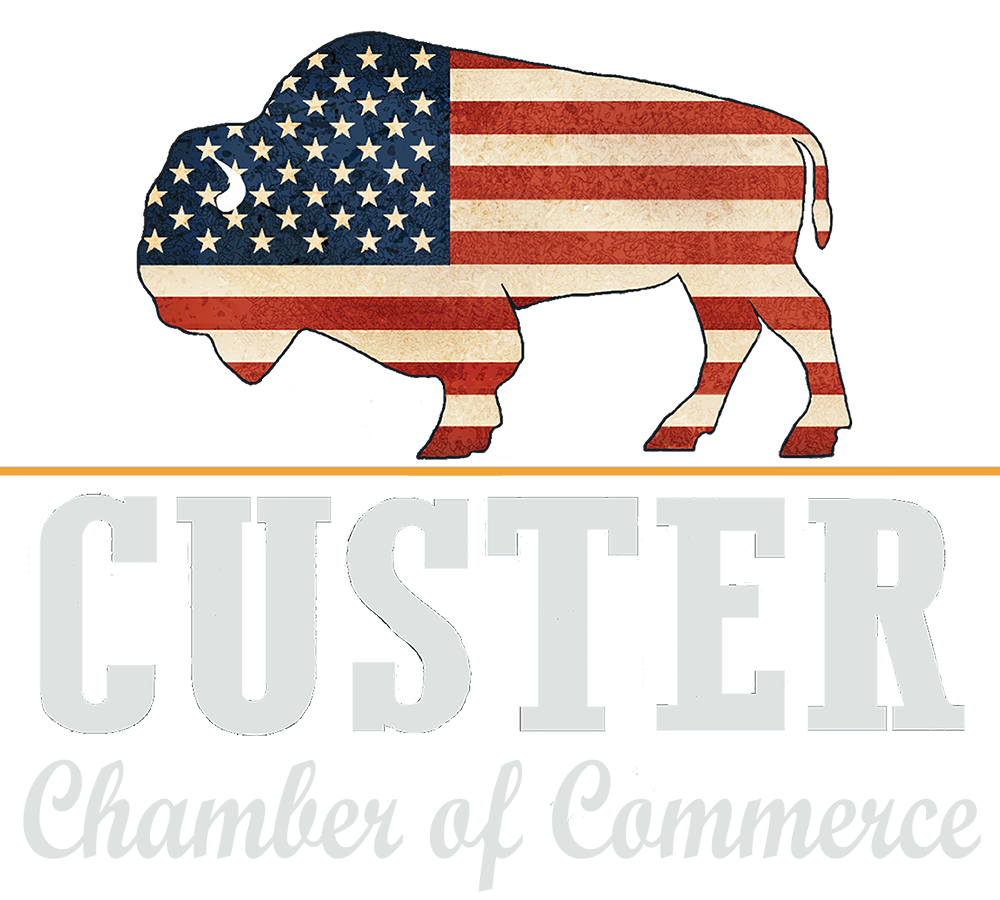| Mountain Pine Beetle Story January 29, 2021 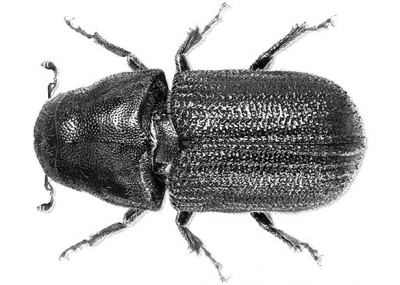 The Mountain Pine Beetle epidemic was devastating to the Black Hills, especially around the Custer area. It killed hundreds of thousands of trees. Below is information from two different articles written about the Mountain Pine Beetle. The first one was written in 2012 and gives some good historical data. The second one was written in 2016/2017 and has more updated information about the current status of the Mountain Pine Beetle infestation. Early Battles Against the Mountain Pine Beetle | BRIDGES OF CUSTER COUNTY March 27, 2024 Groundhog Day! Written by Andrea Spaans February 1, 2024  Plan for Vacation Day Written by National Day Calendar January 29, 2024 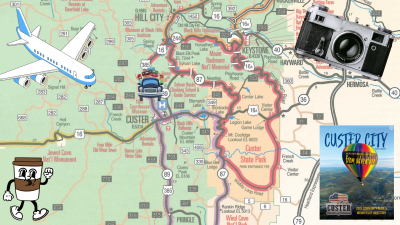 Christmas Lights December 20, 2023 Holidays in the Hills November 22, 2023 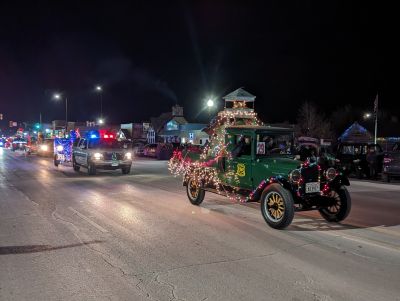 |

|
||||
|
|
||||
